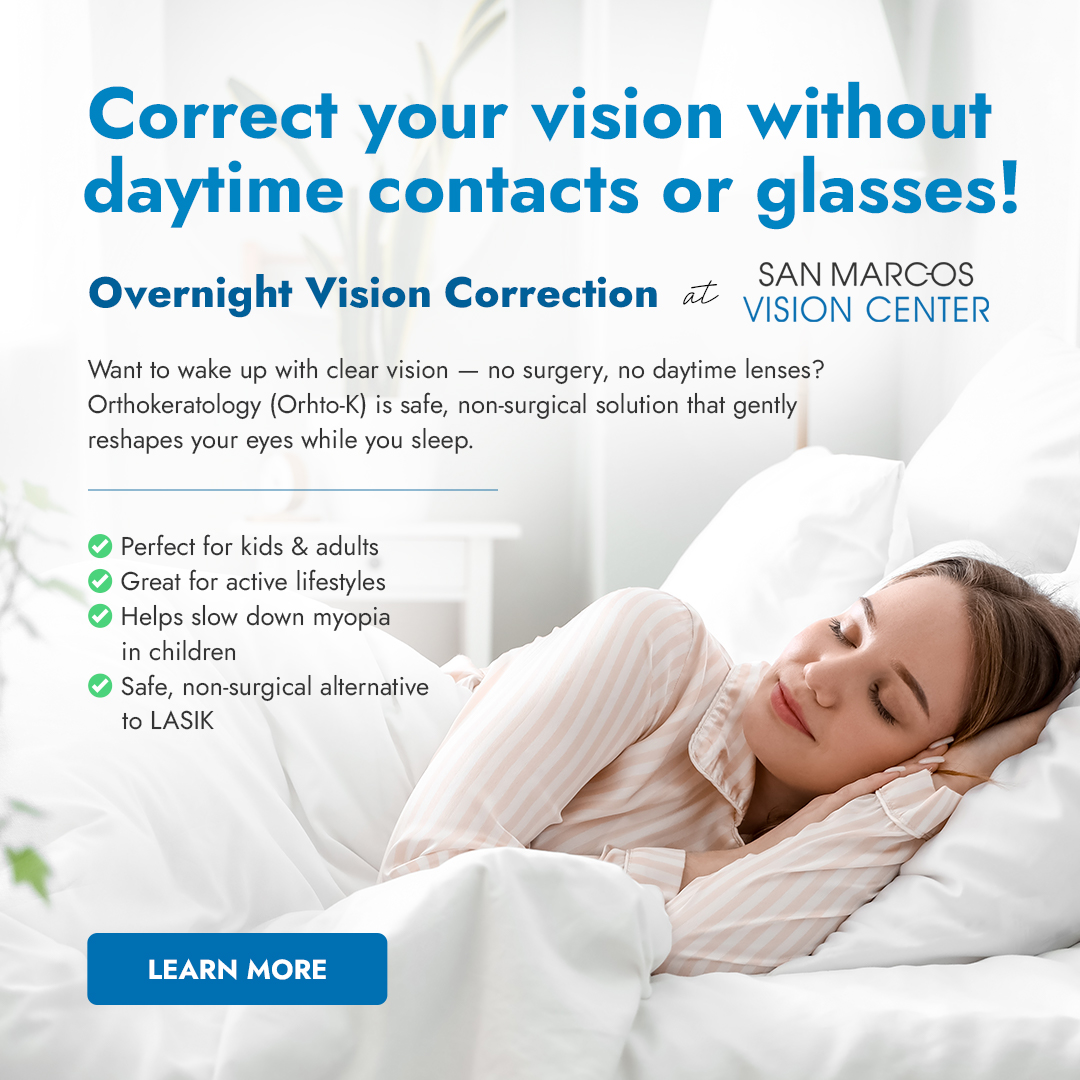
Glaucoma is a group of eye conditions that damage the optic nerve, which is vital for good vision, and it's often linked to a buildup of pressure inside your eye. This increased pressure can erode your optic nerve tissue, which may lead to vision loss or even blindness. Being well-informed about this condition is the first step in tackling it head-on. You can take comfort in knowing that researchers are working to uncover new ways to treat and manage glaucoma, making prevention of vision loss more achievable than ever.
Understanding the Causes of Glaucoma
The intricacies of glaucoma are many, but one of the central factors in its development is the eye's internal pressure, medically known as intraocular pressure (IOP). This pressure builds when the eye's fluid, called aqueous humor, isn't circulating properly in the front part of the eye. Normally, this fluid flows out of the eye through a mesh-like channel. If this channel becomes blocked, or the eye produces too much fluid, the balance is disrupted, and pressure rises.
While the exact mechanisms that cause this blockage can vary, several risk factors may predispose you to the condition. These include a family history of glaucoma, diabetes, high blood pressure, heart disease, and the use of certain medications. Also, age plays a role – the risk of developing glaucoma increases as you get older.
Recognizing the Symptoms of Glaucoma
Early on, glaucoma often has no symptoms, which is why it's so dangerous. It can quietly progress without you noticing until irreversible damage has occurred. However, as the condition advances, symptoms begin to manifest. One of the first signs you might notice is a loss of peripheral or side vision. This typically happens so slowly that it may not be noticeable until significant vision is lost.
As the condition progresses, other symptoms may develop. You might experience severe eye pain, see halos around lights, suffer from redness in the eyes, experience blurred vision, and, in acute cases, have sudden visual disturbance, especially in low light.
Traditional Treatments for Glaucoma
The primary goal in managing glaucoma is to lower your intraocular pressure to prevent damage to the optic nerve. Traditional treatment options have focused on this objective. One of the first lines of treatment typically involves prescription eye drops. These drops can reduce the formation of fluid in the front of the eye or increase its outflow, thereby decreasing pressure. There are several types of eye drops that your doctor might prescribe, and sometimes a combination of them is necessary for effective pressure control.
When eye drops are not sufficient, oral medications may be prescribed. These pills work to lower eye pressure by reducing the production of aqueous humor or by improving its flow through the drainage angle. While these medications can be effective, they can also come with systemic side effects that require careful monitoring by your healthcare provider.
For some individuals, surgery becomes a necessary step. Traditional surgeries such as trabeculectomy or the implantation of drainage devices have been used to create new channels for the eye fluid to leave the eye, thus lowering intraocular pressure. Laser surgery is another option, with procedures like trabeculoplasty that improve drainage flow. These treatments aim to preserve existing vision but cannot restore vision that has already been lost due to glaucoma.
Recent Advancements in Glaucoma Treatment
The landscape of glaucoma management is changing rapidly, with recent advancements offering hope and improved outcomes for patients. One of the most exciting developments is the introduction of minimally invasive glaucoma surgeries (MIGS). These procedures target the eye's natural drainage pathways to enhance outflow and reduce intraocular pressure with fewer complications and quicker recovery times than traditional glaucoma surgery.
Innovations in drug delivery are also making waves. New sustained-release medications and drug-eluting implants are being developed to provide a more consistent therapeutic level of medication, minimizing the burden of daily eye drop usage and improving adherence to treatment. These devices can be implanted during cataract surgery, making it a two-for-one procedure for those also suffering from cataracts.
Navigating Glaucoma with the Help of San Marcos Vision Center
Glaucoma is a complex eye condition that calls for your attention and understanding. With its ability to sneak up unnoticed, causing irreversible damage, it's crucial to be aware of the causes and symptoms and to seek regular eye exams, especially if you're at higher risk.
If you or a loved one is dealing with glaucoma or for further guidance on treatment options, visit San Marcos Vision Center at our office in San Marcos, Texas. Please call (512) 890-0660 to schedule an appointment today.

 Specialty Contacts
Specialty Contacts





